Edinburgh vs Glasgow Property Market
Although their styles are very different, both Glasgow and Edinburgh offer many elegant country houses
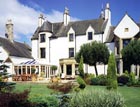

Edinburgh and Glasgow are separated by a mere 43 miles of motorway, yet the two cities are light years apart in terms of style and culture. A resurgent Glasgow (or Glas-Vegas as it sometimes known) is happy to flaunt its new-found wealth, but a conservative Edinburgh (Glaswegians call it 'Deadin-burgh') still likes to keep its money hidden in the mattress. The same attitudes prevail when it comes to buying and selling high priced houses. In Edinburgh, £1 million is top dollar for a house, with only a handful selling on the open market at this level each year: 31 in 2003, 25 in 2004, 61 in 2005, and 29 so far this year, according to Savills Research. At £2m or more, most sales take place behind closed doors, although Knight Frank admit to selling two houses in Edinburgh this year for more than £3m, amid conditions of the utmost secrecy. Eyebrows were raised among Edinburgh's property establishment when, earlier this month, Savills (0131?247 3700) launched one of the city's best known properties, The Whitehouse at Barnton, on the open market with a guide price of 'offers in the region of £3m'. Built on land originally owned by the Knights Templar, the early-17th-century castellated mansion has been renovated from turret to basement by its fast-moving owner, the flamboyant Andrew Murray, who now spends half the year in the United States. No expense has been spared, either inside or out. The oak beams and spiral staircase leading to the first floor were built from timber taken from the Queen's Mint in Linlithgow. Each of the grand reception rooms is more luxurious than the other, and upstairs the various wings and turrets, linked by a maze of staircases, provide an idiosynchratic mix of rooms from a sumptuous master suite to a charming second-floor study with its original curved turret window. For Edinburgh, this is heady stuff, even at £3m. This article first appeared in Country Life magazine on August 17, 2006
Sign up for the Country Life Newsletter
Exquisite houses, the beauty of Nature, and how to get the most from your life, straight to your inbox.
Country Life is unlike any other magazine: the only glossy weekly on the newsstand and the only magazine that has been guest-edited by HRH The King not once, but twice. It is a celebration of modern rural life and all its diverse joys and pleasures — that was first published in Queen Victoria's Diamond Jubilee year. Our eclectic mixture of witty and informative content — from the most up-to-date property news and commentary and a coveted glimpse inside some of the UK's best houses and gardens, to gardening, the arts and interior design, written by experts in their field — still cannot be found in print or online, anywhere else.
-
 About time: The fastest and slowest moving housing markets revealed
About time: The fastest and slowest moving housing markets revealedNew research by Zoopla has shown where it's easy to sell and where it will take quite a while to find a buyer.
By Annabel Dixon Published
-
 Betty is the first dog to scale all of Scotland’s hundreds of mountains and hills
Betty is the first dog to scale all of Scotland’s hundreds of mountains and hillsFewer than 100 people have ever completed Betty's ‘full house’ of Scottish summits — and she was fuelled by more than 800 hard boiled eggs.
By Annunciata Elwes Published
-
 What to expect when you're expecting (to move to the countryside)
What to expect when you're expecting (to move to the countryside)On March 28, agents Michael Graham will be showcasing some of their best countryside properties at their west London office.
By James Fisher Published
-
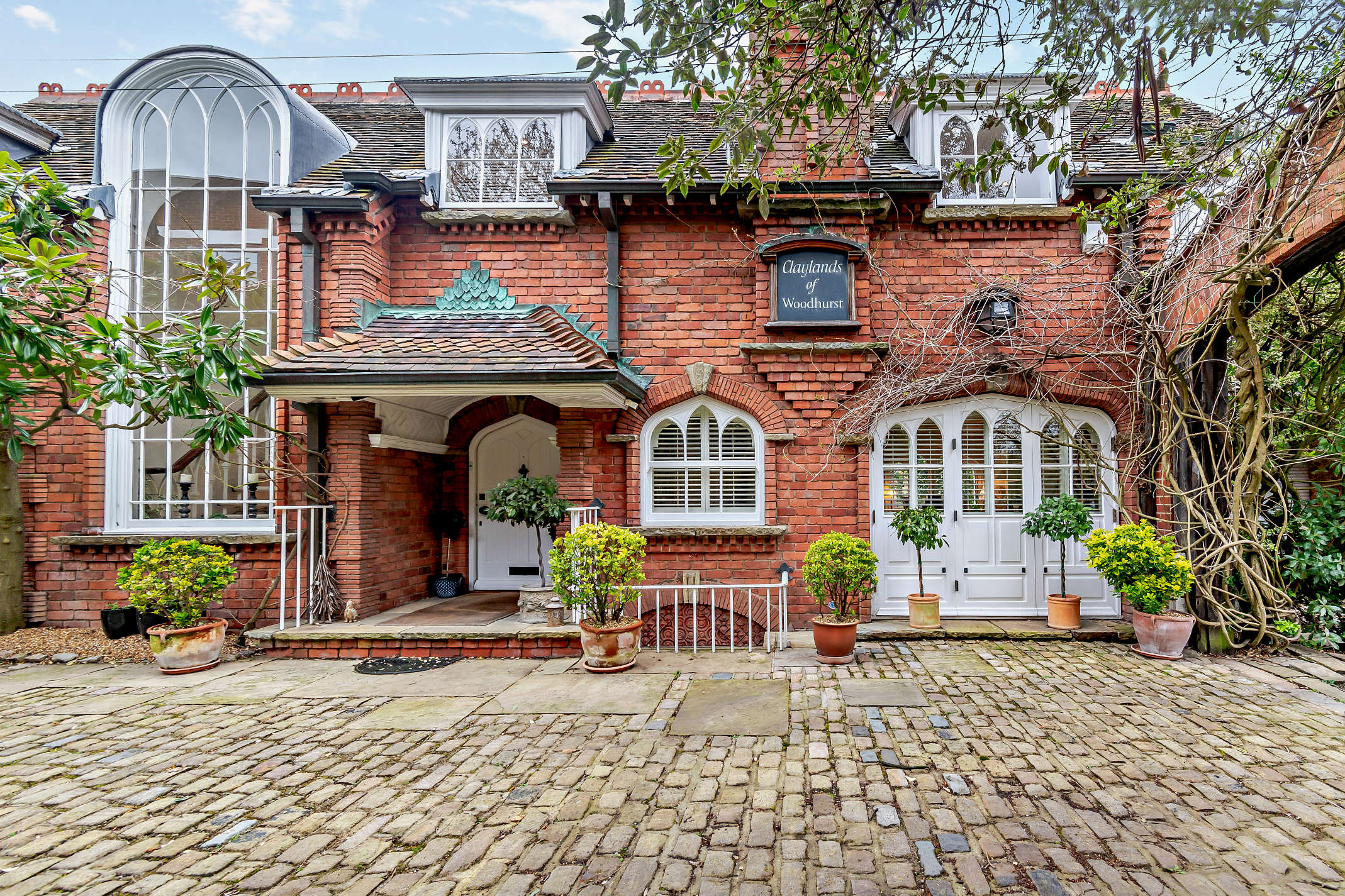 Property Talk: When is the right time to downsize?
Property Talk: When is the right time to downsize?Sometimes our homes can get too big for us, meaning it’s time to downsize. Here, we speak to those involved with the process.
By James Fisher Published
-
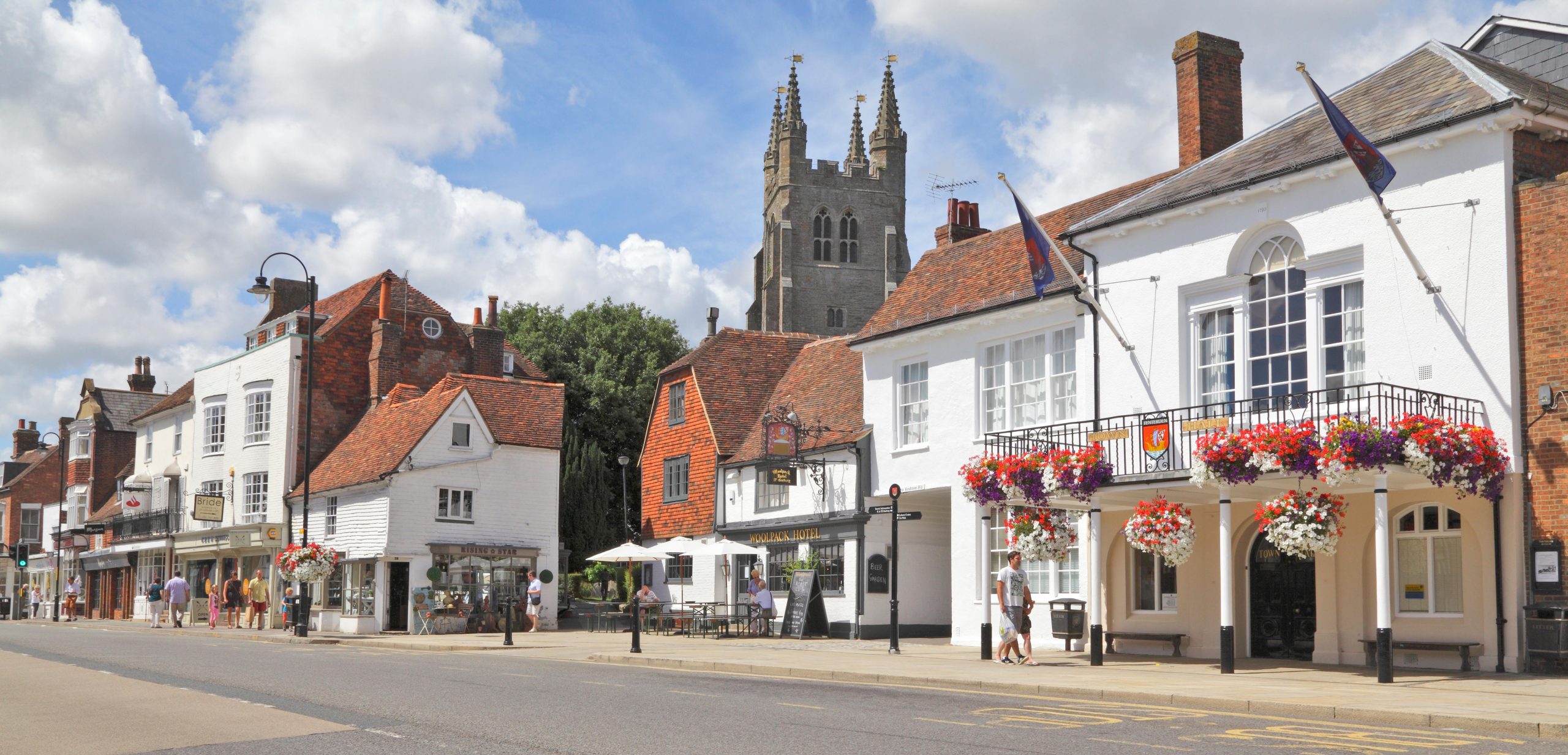 How to win in the property market: Tips from some of Britain's best buying agents
How to win in the property market: Tips from some of Britain's best buying agentsWhether looking for the perfect family home or negotiating on price, buying agents do the heavy lifting–and are well used to analysing the market. Carla Passino gets advice from a few of the best.
By Carla Passino Published
-
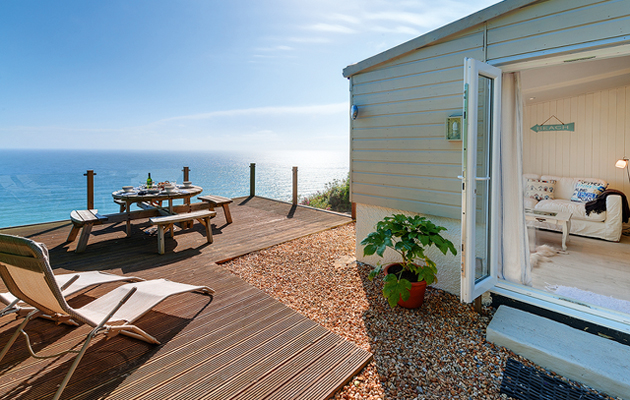 Top tips on renting your holiday home
Top tips on renting your holiday homeThe holiday-home market on the Cornish coast looks set for a lively summer. Arabella Youens finds out how to make the running costs bearable.
By Arabella Youens Published
-
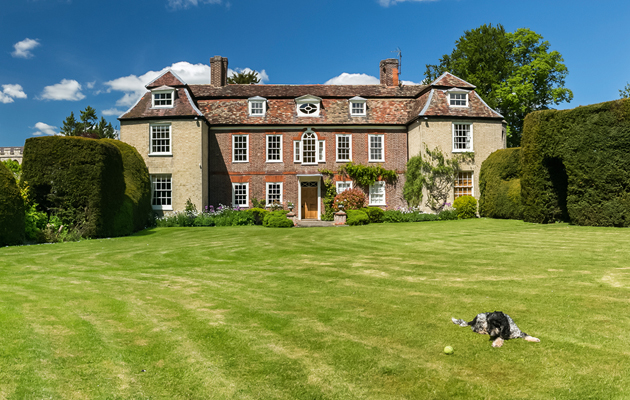 Tips and advice for holiday home owners
Tips and advice for holiday home ownersWith the start of the summer season nearly upon us, more and more country-house owners are dipping into the short-let scene.
By Country Life Published
-
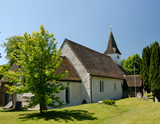 Property guide to Elstead
Property guide to ElsteadFreddie Mack shares the secrets of Elstead in Surrey, a prime spot for young families looking for properties outside London near good schools
By Country Life Published
-
 Property guide to Cheriton
Property guide to CheritonIf you're considering buying property in or around Cheriton this year, take a look at our property guide which covers where to buy, what prices to expect and where to have fun in the area
By Country Life Published
-
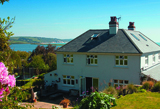 Make your holiday let work for you
Make your holiday let work for youIf you're considering renting out your holiday property prepare by reading this first
By Country Life Published
